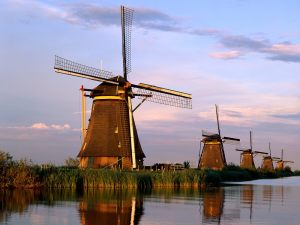So we’re in week 2 of the European Central Bank’s (ECB) quantitative easing. Among the effects:
- Bond bubble: some commentators have spoken phrases such as ‘bubbles are only obvious in hindsight’. Well, despite articles justifying the purchase of negative medium-term bond yields, I hope it’s obvious to most that these 10-year bond yields are unsustainable:
-
Anybody notice in the above that countries such as Italy, Spain and France can borrow for 50% or less of the US Treasury? Does that make sense to anyone?
- Stocks flying: the S&P 500 is more or less even in 2015, despite tepid company results. European stock indices are flying: the German Dax is up 23% YTD, for example. While Germany is growing, that’s a big flier. (Side note: I’m happy I did that little bit of rebalancing a couple months ago).
- UK house bubble keeps going: as written before, this market defies logic. The UK government’s policy towards soaring house prices has been…um…subsidised mortgage financing. It’s a sad joke.
- US Dollar is king: as the Fed is turning the corner to raising interest rates, while Europe and the rest of the world are still cutting/QE’ing, the US Dollar index is up about 10% this year. As mentioned before, if you’re American and thinking of international travel, or even moving offshore: go now.
HOWEVER
Main street? All the above is great news for investors (though not necessarily savers). But I’m not convinced this QE helps these economies get back to business.
The direct intervention in financial markets means stock and bond capital gains are much greater (and more predictable) than business investment. If you’re an entrepreneur, funding can be tight from the banks; why would they lend, when the government bonds they hold spare are making a better return on equity? If you’re a corporate director, why borrow at low rates to build new plants or try new projects when the return on buying back shares is so good?
In sum: QE had a great initial function, in my opinion. It loosened credit for big businesses; it jumpstarted merger activity; it finally anchored inflation expectations to essentially zero. In my opinion, the usefulness of QE has been exhausted for the most part: as central bankers have mentioned around the world (and I’ve written about), it’s time for serious fiscal policy to kick in. Let’s see some new roads, bridges, broadband, etc.


